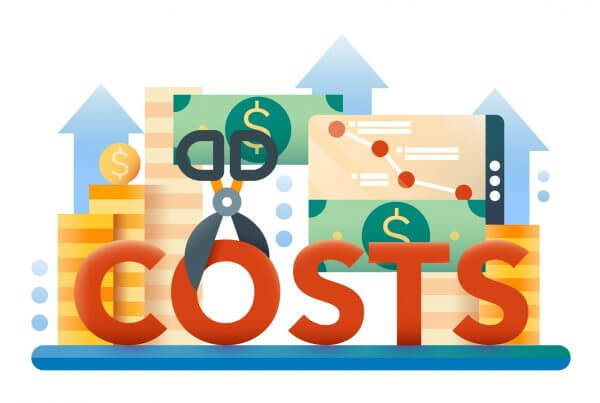
What’s more important – profitability or growth? Yes, is the answer! Growth is important to long-term sustainability, but profitability allows a business to stay alive. Getting lost in one or the other can really hurt a business. Many young ecommerce businesses we have worked with get lost in focusing on growth, as it’s exciting and easy to track. As we help them better track and focus on profit margins (both gross and net), in addition to growth, they experience healthy, sustainable growth. In addition, higher profits enable them to reinvest even more money into their growth strategies. This article focuses on ways to increase ecommerce profits that we have seen first-hand:
- Going niche
- Understanding your customer
- Finding a community
- Tracking ROI on digital marketing spend
- Accurately accounting for COGS
Going niche
A lot of ecommerce businesses lose their focus in pursuit of increasing revenue. They start branching into multiple products and markets that are unrelated. First, it can require big investments with unknown outcomes. Second, the overall brand strategy often does not align with all the products being sold. Finally, it becomes harder to understand, target, and relate to your core customer groups.
Therefore, we think it’s quite important to at least start niche. Once you understand your customer segments, branching out may make sense. But give it time!
Understanding your customer
This is a fundamental rule that applies to all businesses, yet its relevance in ecommerce cannot be undermined. Many of the successful ecommerce businesses we have seen are started by a founder who IS their customer. That founder can easily connect with and reach the customer because they ARE the customer. This becomes crucial in optimizing results with marketing spend, which will increase ecommerce profits.
Also, if customers felt understood and loved, it creates a stickiness that is increasingly important in the cluttered ecommerce market space and profits. You need your customers loyal and coming back!
Finding a community
If you go niche, and cater to the understanding of your customer, you will likely find some sort of community. We see this over and over again. Finding a community unlocks a large source of “free” sales, leading to an increase in ecommerce profits. By “free” sales, we mean that people within that community will talk about your product and suggest it to others. Or, idols within that community will like and promote your product, often for free!
A great example of this is Traeger Grills. Traeger Grills understood their customer and broke into a close-knit community. Lots of people within the grilling and smoking community came to love Traeger. And that’s when brand awareness and referrals spread like wild-fire (or wild-smoke?) within this community.
Tracking ROI on digital spend
Every successful ecommerce business gets involved with digital marketing. However, the effectiveness of digital marketing efforts varies, and can be difficult to track. Where is organic traffic coming from? How much money are you spending on organic efforts? What’s the conversion on organic traffic? These are the questions you should be asking, not just for organic efforts, but for all your marketing initiatives.
Answering all these questions will lead you to a return-on-investment (ROI) for each marketing effort. If you can eventually track your ROI for all of your marketing efforts, you will find what is most effective. You can invest more in the efforts with a better ROI, leading to an increase in your profits.
Accurately account for cost of goods sold (COGS)
As ecommerce accounting experts, this is one area to increase ecommerce profits that we just can’t skip. One of the most glaring ecommerce bookkeeping errors we continuously see with new clients is inaccurately calculating and recording COGS. As a result, ecommerce businesses don’t know how to reduce COGS and they are basing important business decisions off an inaccurate gross profit margin. Gross profit margin (Sales – COGS/Sales), is a VERY important number for ecommerce. Decisions on marketing efforts, new hires, growth strategies, etc. are often made by looking at gross profits.
Accurately calculating COGS can be complicated, but its worth it. Get help if needed! By understanding all the costs that go into your COGS, you may be able to decrease costs. And don’t forget to record COGS at the time of sale. It’s amazing how many ecommerce businesses don’t do this, which is crucial in getting an accurate gross profit margin.
Finally, make sure you are calculating and recording COGS by SKU. Comparing gross profit margins for various SKU’s can help you purchase the right mix of SKU’s to increase ecommerce profits.
For more, here’s an in-depth article on ecommerce COGS.
Ecommerce accounting
At some point in your ecommerce business, you may find trouble in tracking profits. For young businesses, tracking profits can be easy. But as you approach $1M in annual revenue, a lot of numbers get lost in the craziness. This is when it may make sense to get professional help. It can be a game-changer in growing your ecommerce business and to increase profits. Take a look at this article about finding an ecommerce bookkeeper. If you are ready for ecommerce accounting experts, contact us.




